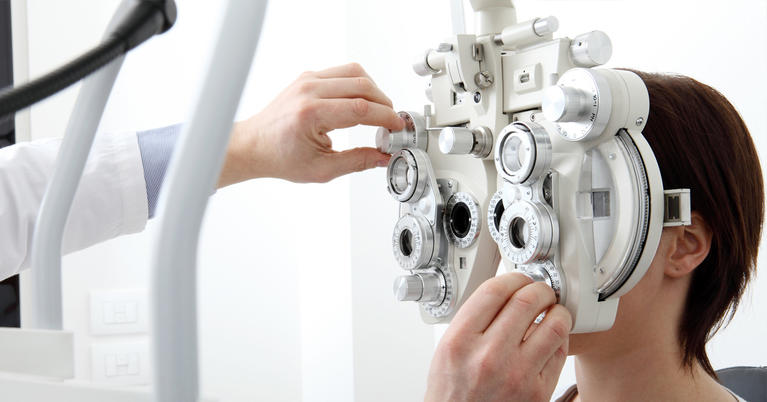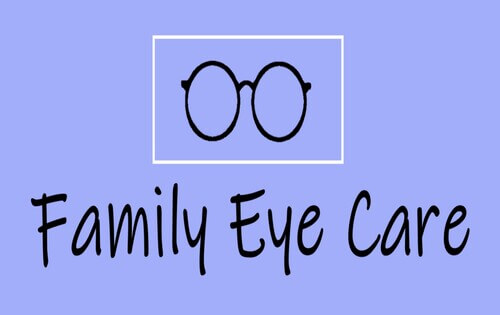Leading Cardiologist in Andalusia: Locate Specialist Clinics Near You
Wiki Article
The Total Failure of Retina Disorders and How They Impact Your Vision
The intricate network of cells in the retina plays a crucial role in converting light right into the photos that allow us to perceive the world around us. Retina problems can interrupt this fragile procedure, resulting in an array of vision impairments. Comprehending the complexities of these problems is important for realizing exactly how they affect your vision and the potential ramifications they may carry your overall eye health and wellness. By checking out the anatomy of the retina, usual problems that can influence it, their reasons, symptoms, and readily available therapy choices, we can gain important insights right into preserving and shielding our vision.Review of Retina Anatomy
The detailed structure of the retina works as the structure for visual understanding and plays a critical duty in the process of transforming light right into neural signals for the brain to analyze. Situated at the back of the eye, the retina is composed of numerous layers that collaborate seamlessly to facilitate vision. At the core of this intricate framework are photoreceptor cells referred to as poles and cones. Rods are accountable for vision in reduced light problems and discovering motion, while cones are important for color vision and in-depth aesthetic acuity. These photoreceptor cells transform light power right into electric signals that are after that refined by other retinal cells, such as bipolar cells and ganglion cells. The bipolar cells beam from the photoreceptors to the ganglion cells, which consequently send out these signals via the optic nerve to the mind for visual handling. Understanding the detailed anatomy of the retina is essential in comprehending exactly how vision functions and exactly how different retina problems can impact visual perception.
Common Retina Disorders
Retina conditions include a series of problems that influence the elaborate framework of the eye in charge of visual processing. One typical disorder is age-related macular deterioration (AMD), a leading source of vision loss in people over 50. AMD affects the macula, a component of the retina crucial for sharp central vision, resulting in blurriness or blind areas in the main aesthetic field.Another prevalent condition is diabetic retinopathy, happening in people with diabetic issues. High blood sugar levels damage the capillary in the retina, resulting in vision disability or blindness if left untreated. Retinal detachment is a severe problem where the retina retreats from its normal position, causing an abrupt beginning of advances, flashes of light, or loss of vision in a curtain-like pattern.
Finally, retinitis pigmentosa is a group of hereditary disorders that cause the break down and loss of cells in the retina, leading to evening loss of sight and a gradual constricting of the aesthetic area - eye doctors in andalusia. Recognizing these usual retina disorders is essential in preserving vision and seeking prompt medical treatment
Causes of Retina Disorders
Various elements add to the development of retina conditions, consisting of hereditary predispositions, lifestyle options, and underlying wellness conditions. Hereditary tendencies play a substantial duty in several retina conditions, such as retinitis pigmentosa and macular degeneration. Individuals with a family history of these conditions go to a greater danger of establishing them as a result of acquired hereditary mutations impacting the retina's feature.Way of living selections can additionally impact retina wellness. Smoking cigarettes, as an example, has actually been connected to an enhanced danger of age-related macular degeneration, a common retina condition that can lead to vision loss. Poor dietary behaviors lacking important nutrients like vitamins A, C, and E, as well as omega-3 fats, can also add to the advancement of retina disorders.
Underlying health and wellness problems, such as diabetes and high blood pressure, are understood to influence the retina. Diabetic retinopathy, an issue of diabetes mellitus, can cause damage to the blood vessels in the retina, resulting in vision disability. High blood pressure can result in hypertensive retinopathy, where high blood stress affects the blood vessels in the retina, potentially creating vision problems. neurologist Andalusia. Understanding these causes is important in avoiding and handling retina disorders.
Symptoms and Diagnosis
Given the considerable influence that triggers such as genetic proneness, lifestyle choices, and underlying health conditions can have on the growth the original source of retina problems, it is important to recognize the signs and symptoms and make use of reliable diagnostic approaches for early detection and monitoring. Signs and symptoms of retina disorders can differ depending upon the specific problem but might consist of blurred or misshaped vision, the sudden look of advances check here or flashes of light, a dark area in the center of your vision, or a progressive loss of main vision. It is vital to look for instant clinical focus. if you experience any of these signs and symptoms.
Early discovery via normal eye examinations is vital to stopping vision loss and handling retina conditions effectively. If detected with a retina condition, your health care provider will certainly work with you to create a customized treatment plan to protect your vision.

Treatment Options and Management
Effective administration of retina disorders involves a complex technique that integrates tailored treatment options to resolve certain problems and maintain visual feature. Therapy alternatives for retina problems differ depending upon the underlying reason and seriousness of the condition. In cases of retinal detachment, surgical interventions such as vitrectomy or scleral buckling may be essential to stop and reattach the retina vision loss. For conditions like age-related macular degeneration (AMD), therapies like anti-VEGF injections or laser treatment can assist reduce disease progression and preserve remaining vision.Routine eye tests and very early discovery of retina disorders are vital for successful management and treatment outcomes. Individuals with retina problems should function closely with their ophthalmologist to develop a tailored treatment plan that resolves their specific needs and aids maintain optimal visual feature.
Final Thought
Finally, recognizing the anatomy of the retina, usual disorders, triggers, signs, medical diagnosis, and treatment choices is vital in handling vision problems. Retina disorders can dramatically impact vision and lifestyle, making early detection and proper administration vital. By remaining educated regarding these conditions and seeking ideal healthcare, individuals can much better preserve their vision and preserve general eye health and wellness.
Recognizing the elaborate anatomy of the retina is essential in understanding how vision functions and exactly how various retina conditions can impact visual understanding.
Retinal detachment is a significant condition where the retina draws away from its typical setting, causing an abrupt onset of drifters, flashes of light, or loss of vision in a curtain-like pattern.
Symptoms of retina disorders can vary depending on the details condition but may consist of obscured or distorted vision, the abrupt appearance of drifters or flashes of light, a dark area in the center of your vision, or a steady loss of central vision.In verdict, recognizing the makeup of the retina, common disorders, creates, signs and symptoms, medical diagnosis, and therapy alternatives is essential in handling vision disabilities.
Report this wiki page